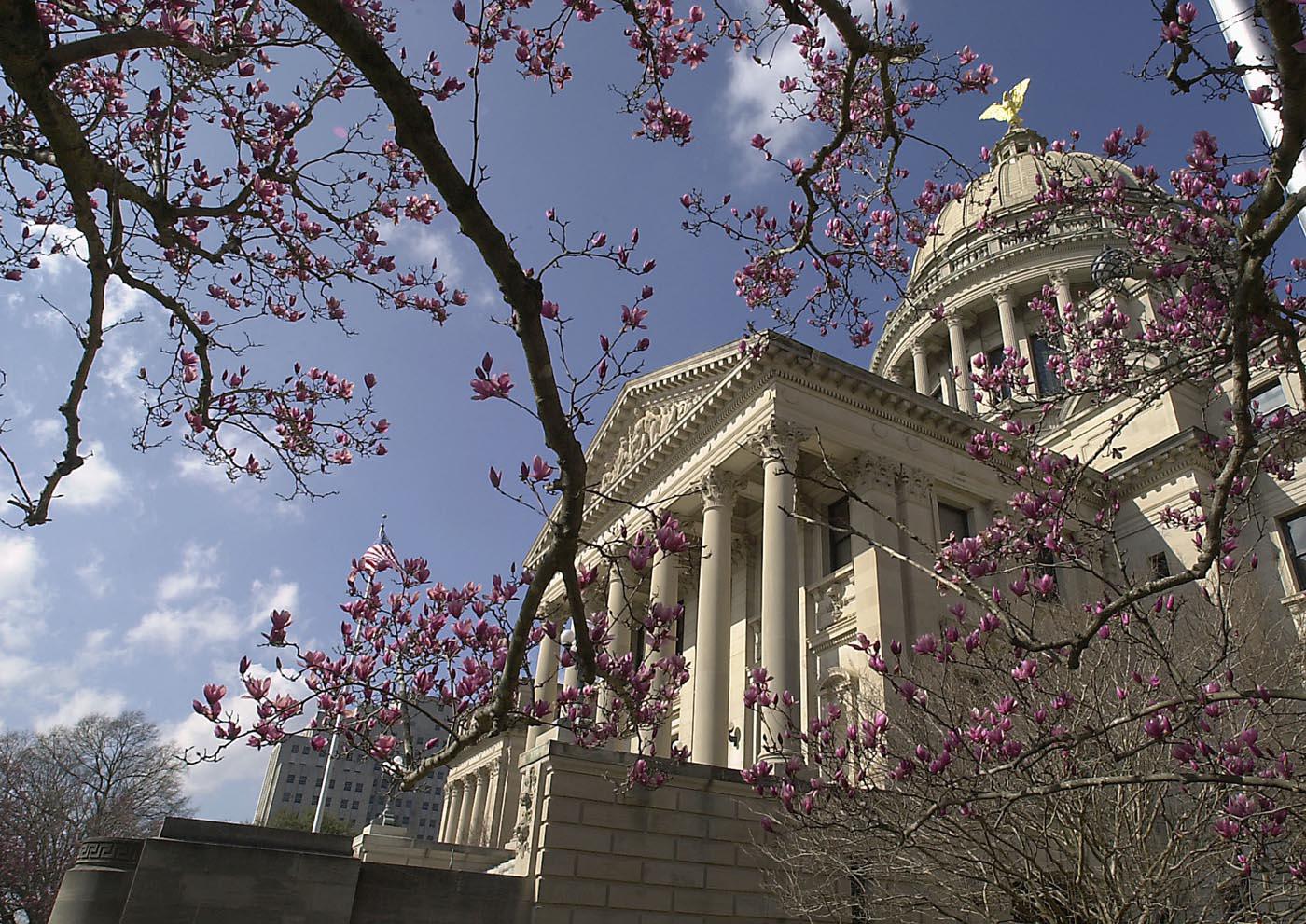Information Possibly Outdated
The information presented on this page was originally released on February 24, 2005. It may not be outdated, but please search our site for more current information. If you plan to quote or reference this information in a publication, please check with the Extension specialist or author before proceeding.
Heirlooms showing out in Southern landscapes
By Norman Winter
MSU Horticulturist
Central Mississippi Research & Extension Center
Look around and you will quickly spot the old and still wonderful heirlooms we prize in today's garden. Mississippi and much of the South provide some outstanding old homesteads with long-standing plants announcing spring's arrival.
With heirloom, antique or nostalgia-type plants becoming more and more prized, this is an excellent season to view outstanding plants that made their way here in the 1800s. These plants withstood not only the test of time, vigor and endurance, but also the popularity test. The plants are still here because of beauty; ugly plants would have been discarded years ago.
One plant I always admire and that is still found in garden centers everywhere is the flowering quince. Michael Dirr, a well-known horticultural guru in Georgia, calls flowering quince a trash plant, but it's not to me and obviously not to many of you.
This plant, like many others, made its way to England in the 1700s before coming to America. One interesting tidbit about the flowering quince (Chaenomeles speciosa) is that it was first known as Pyrus japonica and is still called Japonica by gardeners all over the world.
If you are not familiar with flowering quince, it is the one with striking waxy, orange blooms. Not only does it catch your eye, but it will bring out the bees even in February. It has thorns, which may be a plus or a minus, depending on how you look at it.
The stems, which are loaded with blossoms, are great cut for the vase and brought indoors for a breath of spring. Most horticulturists recommend using it away from your house because of its scraggly open look. But as you drive around, pay attention and you will see it lightly sheared for outstanding displays and also effectively placed in the shrub border.
Start noticing the fields for patches of narcissus. If you bother to get out of the car and look, you will see which varieties tend to naturalize over the years. Many times you can spot them and know a house was there a long time ago.
The narcissuses mostly seen are jonquils and my favorite, a jonquil hybrid called Campernelles. If you picnic amongst these flowers, you will be amazed at the delightful fragrance. You also will want them for your yard.
Bill Welch, author of Perennial Garden Color, says the Campernelle was the result of a natural cross in France and has been under cultivation since the 1600s. Luckily, they are easy to give to neighbors, and bulb growers in Louisiana are producing them commercially.
Another narcissus that is prevalent at many of these old sites is the tazettas. The tazettas class includes the paper whites and an ancient variety called Grand Monarque. They are fragrant and more durable than the run-of-the-mill paper white. I have seen some really nice plantings of Grand Monarque in Central Mississippi.
The Japanese Magnolia, also called saucer magnolia or tulip magnolia, is another heirloom plant that we just have to include in the landscape. It came to us by a cross, performed by one of Napoleon's retired soldiers around 1820.
The Japanese magnolias can be tall trees or large shrubs such as the variety Ann. They are deciduous, losing their leaves in the fall and then showing fuzzy buds in late winter, followed by beautiful flowers.
The saucer magnolia's flowers may reach 6 inches across in shades of pink to dark purple and stand out like no other plant in the landscape when in bloom. They prefer well-drained, slightly acidic soil. Why not plant one this weekend?








